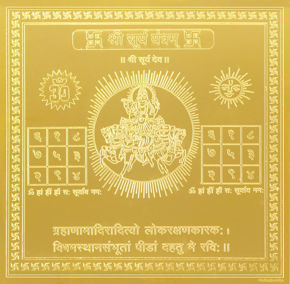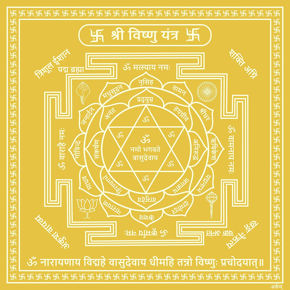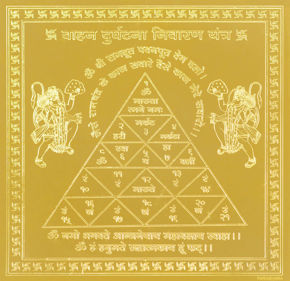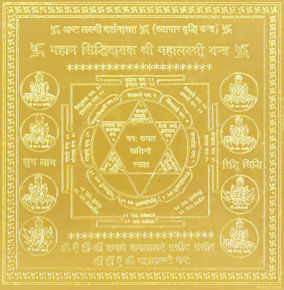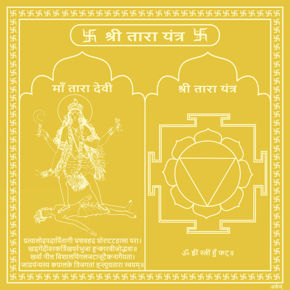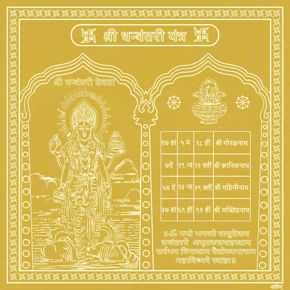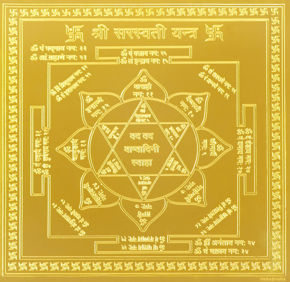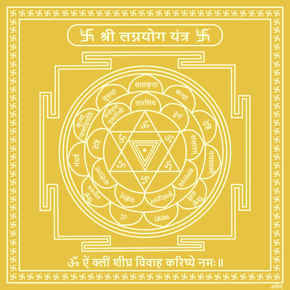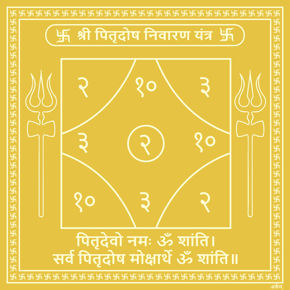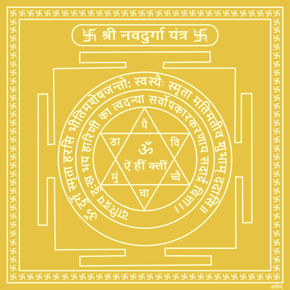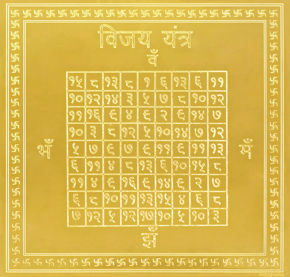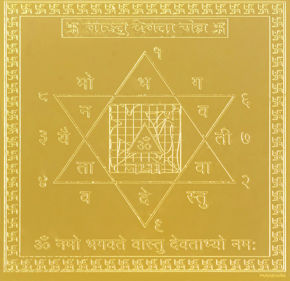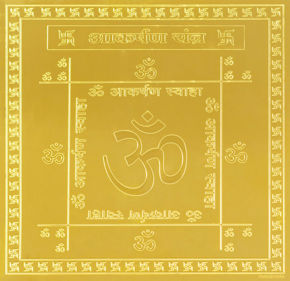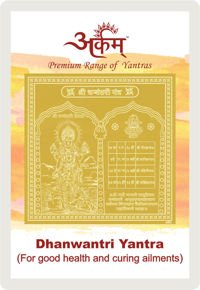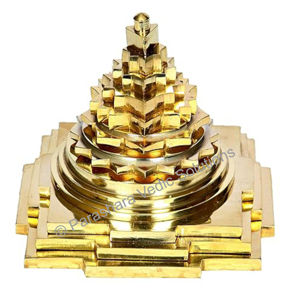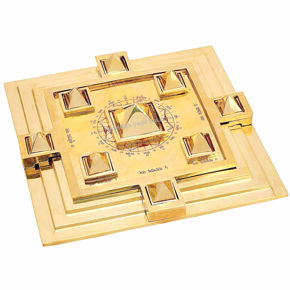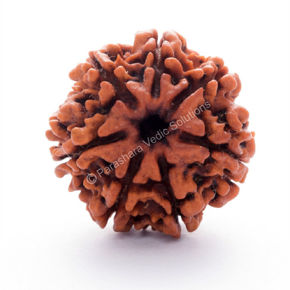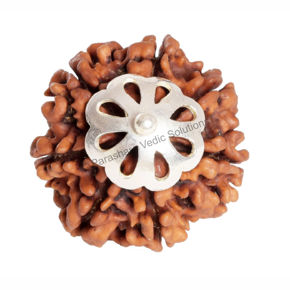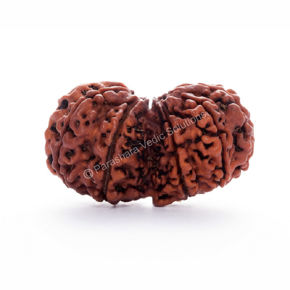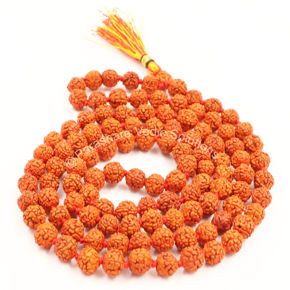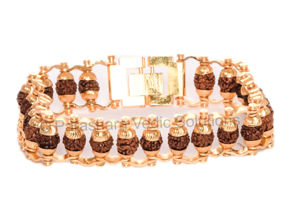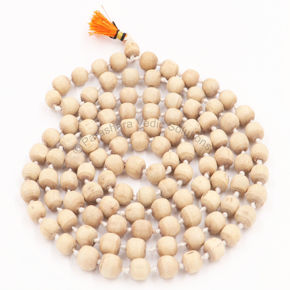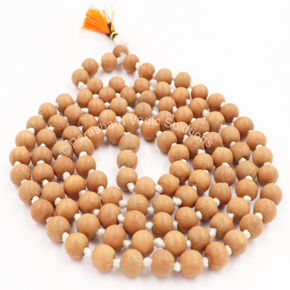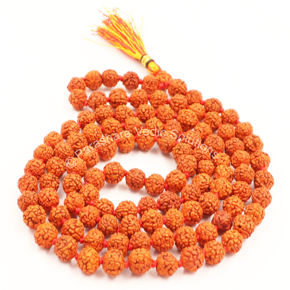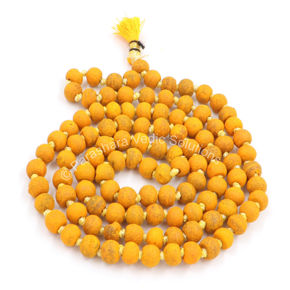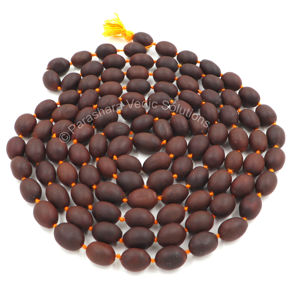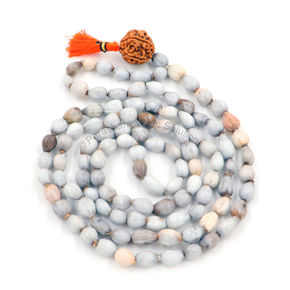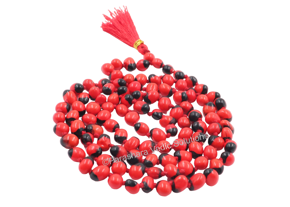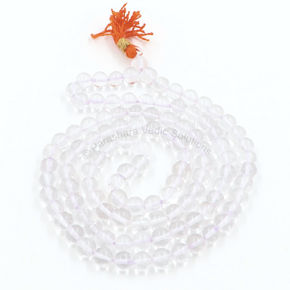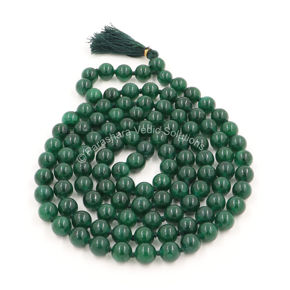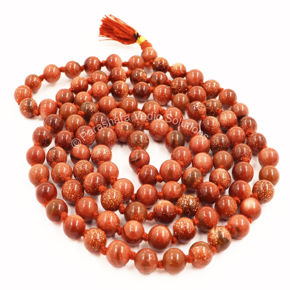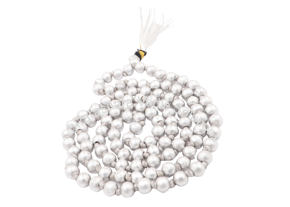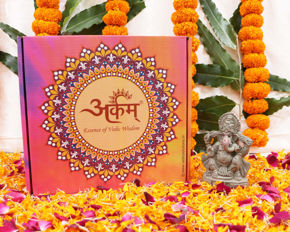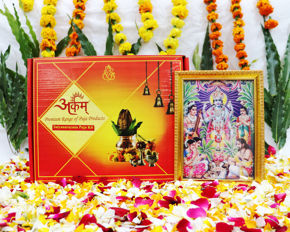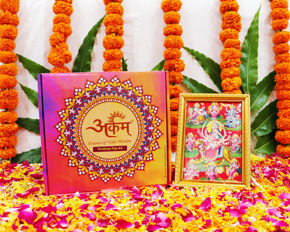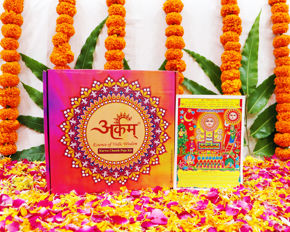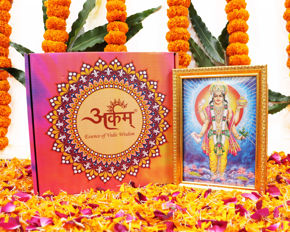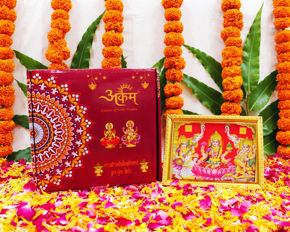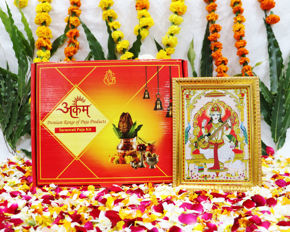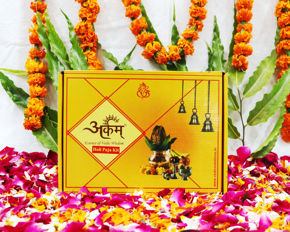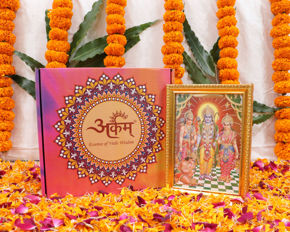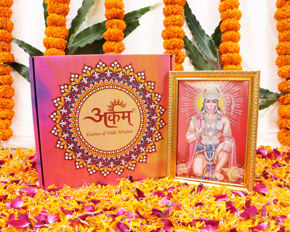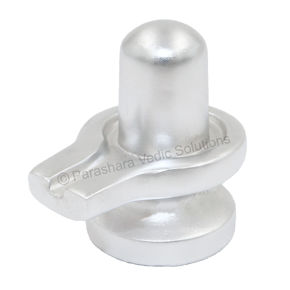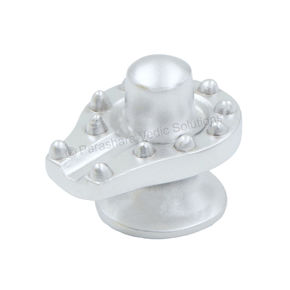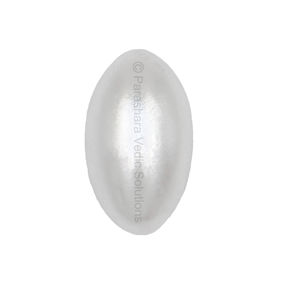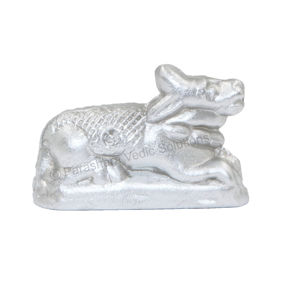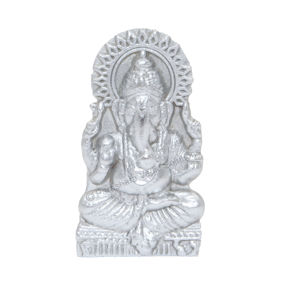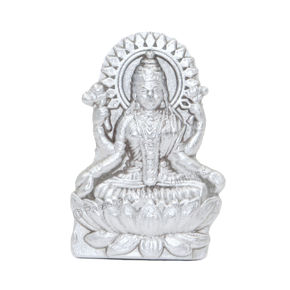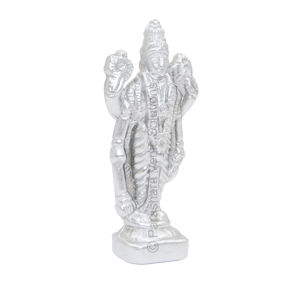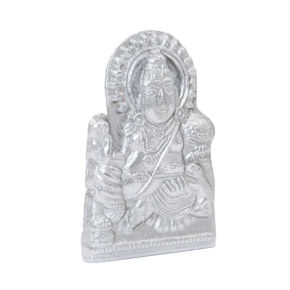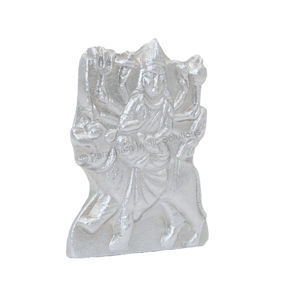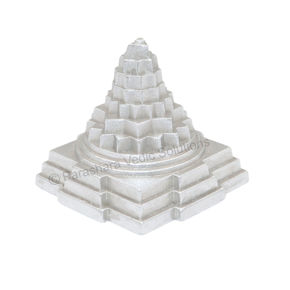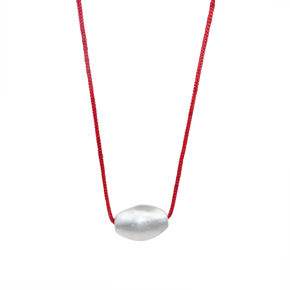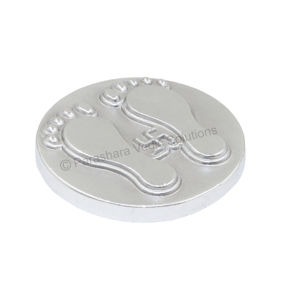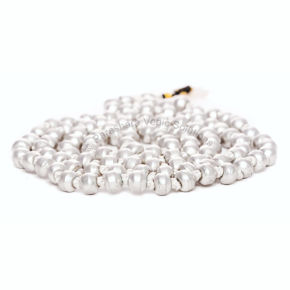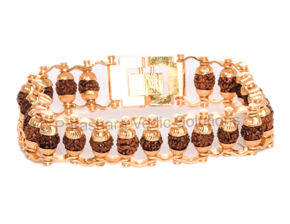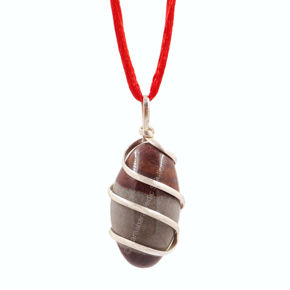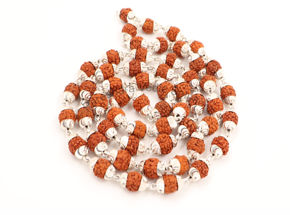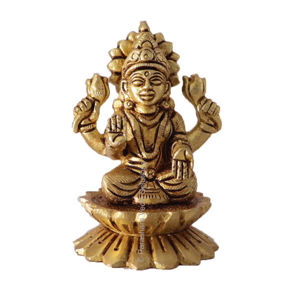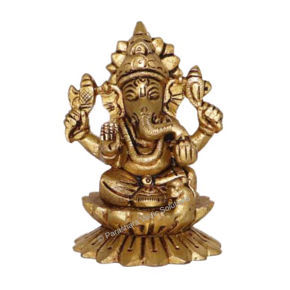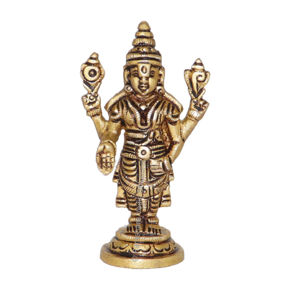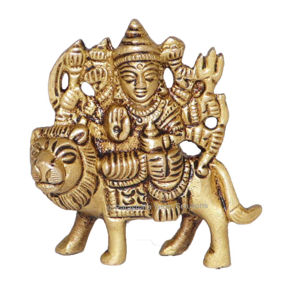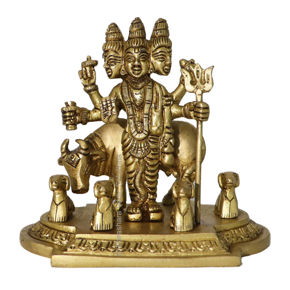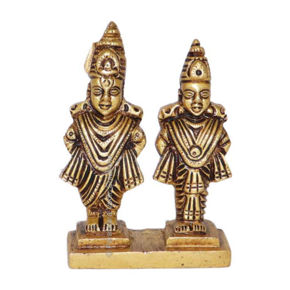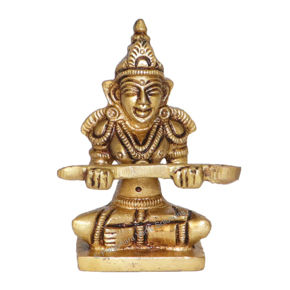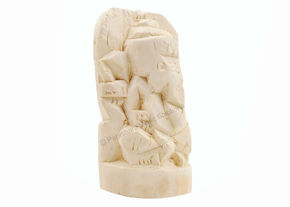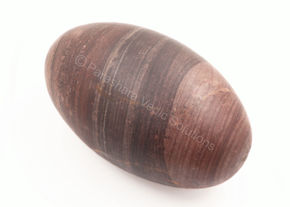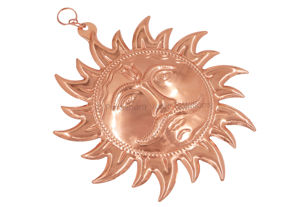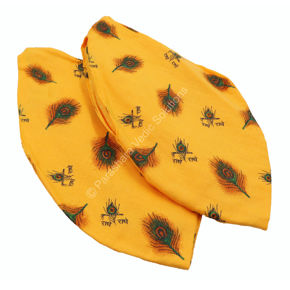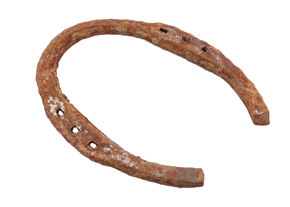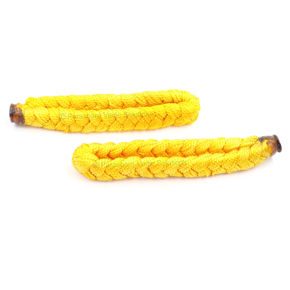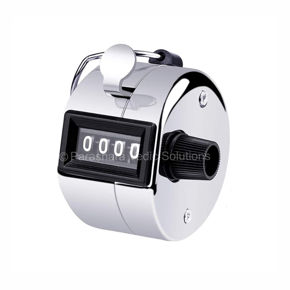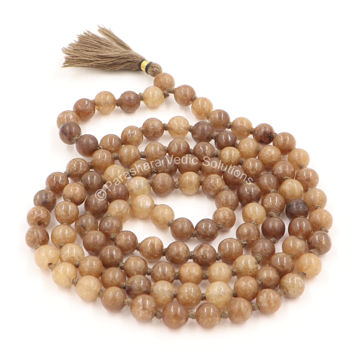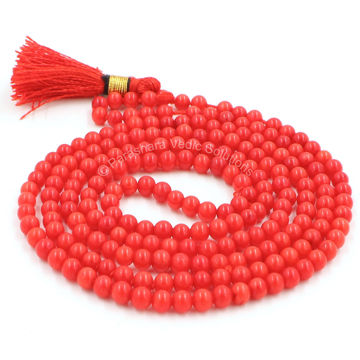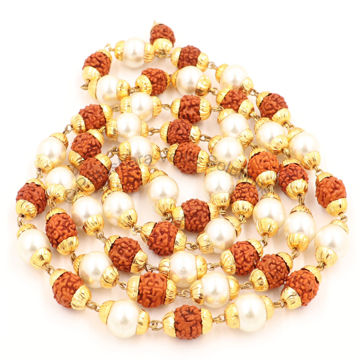Malas
A mala, (sanskrit word meaning rosary/garland/necklace) is a set of beads, traditionally used to count and focus during recitation of mantras and meditation. A mala can be made up of a variety of materials including wood, seeds, rudraksha beads, gems, parad, crystals, sandalwood, lotus seed, tulsi (Holy basil), semi-precious stones, such as carnelian or amethyst etc. Malas made up of different beads are used to appease different deities and to aid in healing malefic effects of specific planets.
A typical mala is made up of 108+1 beads including a single Sumeru or guru bead. Hinduism is the originator of mala prayer. Mala for prayer is also used in other religions like Buddhism, Sikhism and Islaam.
Japa is based on the theory of one bead - one mantra. Mantras are often recited hundreds or thousands of times in one sitting with rhythmic sacred sounds and do generate a lot of spiritual power around the worshipper.
Mala is used as a tool to count the number of repetitions a mantra is recited. Regular use of mala prayer beads can enhance knowledge, intuition, prosperity, patience, health, energy and communication skills. It also helps reduce stress.
Japa Method
- Correct way to use a mala is to hold it on first part of the middle finger and move the beads clock wise with the help of thumb. Another better way is to hold mala near the top of the ring figure and move the beads clock wise with the help of middle figure and thumb. Remember that one should never touch the index finger while performing japa with the mala.
- Fingers contain nadis (neural energy centers) which is directly connected to brain and helps in meditation. Counting of mantra should always begin with the bead next to the Guru Bead (Sumeru), each time the mantra is recited, the fingers move to the next bead, and one round is completed when you reach the guru bead again. It is very important in Hinduism, not to cross the Guru Bead with the mantra - turn the mala 180 degrees and begin chanting again. Continuing over the guru bead is just like crossing your teacher.
Precautions to be observed during Japa
- Purify your body and place before Japa.
- Use proper mat (Aasan) for sitting during Japa.
- Do not sit for Japa in a naked position.
- Stitched clothes should be avoided.
- Sit in peaceful mental condition.
- Avoid dark places for Japa.
- Keep your head covered during Japa.
- Do not talk during Japa.
- Mala should be held in the right hand.
- Mala should not touch or fall on the floor.
- Beads should not touch the nails during Japa.
Wearing Mala
- You can wear a mala around the neck or wrap it on the wrist. It is believed that using or wearing a mala during mediation empowers the wearer with restful, centered awareness. Wearing the mala throughout the day carries the energy of meditation.
Significance of 108 Beads in mala
- Sanskrit alphabet: There are 54 alphabets in Sanskrit language. Each alphabet has masculine and feminine properties, shiva and shakti. Therefore, to energize the mala with masculine and feminine properties 108 beads mala is used (54 multiplied by 2 is 108).
- Astrology: There are 27 constellations (Nakshatras), and each having 4 parts typically referred to as Padas. Therefore the entire universe is divided in to 108 segments (27 multiplied by 4 is 108).
- Planets and Houses: In astrology, there are 12 houses and 9 planets, therefore, 12 multiplied by 9 is 108. Therefore, 108 beads of mala represent the universe.
Smaller divisions:
Nine is the sacred number and common denominator in mala prayer beads. The most common malas are of 27, 54 or 108 beads in length.
The number 108 is divided such as half, third, quarter, or twelfth, so that some malas have 54, 36, 27, or 9 beads.
Arkam 5 mukhi Rudraksh Kantha Certified/ Rudraksha Kantha for wearing and worship/ Rudraksh Mala Big/ Five faced Rudraksh Kantha Mala (Size: 18-22mm, Length: 35inches, Beads: 54+1)
Arkam Amethyst Mala Certified/ Ametyst Mala/ Amethyst Stone Mala Original/ Natural Amethyst Mala/ Amethyst Rosary (Size: 6mm, Length: 26 inches, Beads: 108+1)
Arkam Amethyst Mala Certified/ Ametyst Mala/ Amethyst Stone Mala Original/ Natural Amethyst Mala/ Amethyst Rosary (Size: 8mm, Length: 34 inches, Beads: 108+1)
Arkam Black Hakik Mala/ Black Agate Mala/ Black Hakeek Mala/ Black Stone Mala (Size: 8mm, Length: 40 inches, Beads: 108+1)
Arkam Black Tulsi Mala with Silver Capping/ Silver Tulsi Mala for Men and Women/ Tulsi mala Silver Cap Original (Size: 3mm, Length: 24 inches)
Arkam Blue Hakik Mala/ Blue Agate Mala/ Blue Hakeek Mala/ Blue Stone Mala (Size: 6mm, Length: 30 inches, Beads: 108+1)
Arkam Blue Hakik Mala/ Blue Agate Mala/ Blue Hakeek Mala/ Blue Stone Mala (Size: 8mm, Length: 40 inches, Beads: 108+1)
Arkam Brown Hakik Mala/ Brown Agate Mala/ Brown Hakeek Mala/ Brown Stone Mala (Size: 6mm, Length: 30 inches, Beads: 108+1)
Arkam Brown Hakik Mala/ Brown Agate Mala/ Brown Hakeek Mala/ Brown Stone Mala (Size: 8mm, Length: 40 inches, Beads: 108+1)
Arkam Certified Black Hakik Mala/ Black Agate Mala/ Black Hakeek Mala/ Black Stone Mala (Size: 6mm, Length: 30 inches, Beads: 108+1)
Arkam Coral Mala/ Original Red Coral Rosary/ Red Coral Mala Original/ Moonga Mala/ Pure Moonga Mala/ Moonga Mala Original (Size: 3mm, Length: 24 inches)
Arkam Green Hakik Mala/ Green Agate Mala/ Green Hakeek Mala/ Green Stone Mala (Size: 6mm, Length: 30 inches, Beads: 108+1)
Arkam Green Hakik Mala/ Green Agate Mala/ Green Hakeek Mala/ Green Stone Mala (Size: 8mm, Length: 40 inches, Beads: 108+1)
Arkam Grey Hakik Mala/ Grey Agate Mala/ Grey Hakeek Mala/ Grey Stone Mala (Size: 6mm, Length: 30 inches, Beads: 108+1)
Arkam Grey Hakik Mala/ Grey Agate Mala/ Grey Hakeek Mala/ Grey Stone Mala (Size: 8mm, Length: 40 inches, Beads: 108+1)
Arkam Haldi Mala/ Natural Turmeric Mala/ Haldi mala Original (Size: 7mm, Length: 32 inches, Beads: 108+1)
Arkam Italian Coral Mala/ Original Red Coral Rosary/ Red Coral Mala Original/ Moonga Mala/ Pure Moonga Mala/ Moonga Mala Original (Size: 4mm, Length: 24 inches, Beads: 108+1)
Arkam Kamalgatta Mala/ Natural Lotus Seeds Mala/ Kamal Gatta Mala/ Kamalgatta Mala Original (Length: 36 inches, Beads: 54+1)
Arkam Kamalgatta Mala/ Natural Lotus Seeds Mala/ Kamal Gatta Mala/ Kamalgatta Mala Original (Length: 72 inches, Beads: 108+1)
ARKAM Parad Mala/Pure Parad Mala/para Mala/Mercury Mala (Size: 6mm, Length: 28 inches, Beads: 108+1, Weight: 100-115 Grams)
Arkam Pearl Mala Certified/ Cultured Pearl Rosary/ Pearl Mala Original/ Moti Mala/ Pure Moti Mala/ Moti Mala Original (Size: 7mm, Length: 36 inches, Beads: 108+1, Oval)
Arkam Pearl Mala Certified/ Cultured Pearl Rosary/ Pearl Mala Original/ Moti Mala/ Pure Moti Mala/ Moti Mala Original Round (Size: 7mm, Length: 26 inches, Beads: 108+1, Round)
Arkam Pink Hakik Mala/ Pink Agate Mala/ Pink Hakeek Mala/ Pink Stone Mala (Size: 6mm, Length: 30 inches, Beads: 108+1)
Arkam Pink Hakik Mala/ Pink Agate Mala/ Pink Hakeek Mala/ Pink Stone Mala (Size: 8mm, Length: 40 inches, Beads: 108+1)
Arkam Purple Hakik Mala/ Purple Agate Mala/ Purple Hakeek Mala/ Purple Stone Mala (Size: 6mm, Length: 30 inches, Beads: 108+1)
Arkam Purple Hakik Mala/ Purple Agate Mala/ Purple Hakeek Mala/ Purple Stone Mala (Size: 8mm, Length: 40 inches, Beads: 108+1)
Arkam Red Hakik Mala/ Red Agate Mala/ Red Hakeek Mala/ Red Stone Mala (Size: 6mm, Length: 30 inches, Beads: 108+1)
Arkam Red Hakik Mala/ Red Agate Mala/ Red Hakeek Mala/ Red Stone Mala (Size: 8mm, Length: 40 inches, Beads: 108+1)
Arkam Red Sandalwood Mala Certified/ Natural Sandalwood Rosary/ Lal Sandalwood Mala Original/Rakta Chandan Mala/ Pure Chandan Mala/Lal Chandan Mala Original (Size: 7mm, Length: 34 inches, Beads: 108+1)
Arkam Rudraksh Mala with Silver Capping Certified/ Silver Rudraksh Mala for Men and Women/ Rudraksha mala Silver Cap Original/ Rudraksh Mala Set in Silver (Size: 6mm, Length: 24 inches, Beads: 54+1)
Arkam Rudraksh Mala with Silver Capping Certified/ Silver Rudraksh Mala for Men and Women/ Rudraksha mala Silver Cap Original/ Rudraksh Mala Set in Silver (Size: 7mm, Length: 27 inches, Beads: 54+1)
Arkam Rudraksh Pearl Mala/ 100% Natural Rudraksha and Pearl Mala with Gold Metal Capping/ Original Rudraksha Pearl Rosary/ Rudraksh Moti Mala/ Rudraksha Moti Rosary (Size: 6mm, Beads: 54+1, Length: 26 inches)
Arkam Rudraksh Pearl Mala/ 100% Natural Rudraksha and Pearl Mala with Gold Metal Capping/ Original Rudraksha Pearl Rosary/ Rudraksh Moti Mala/ Rudraksha Moti Rosary (Size: 8mm, Beads: 54+1, Length: 32 inches)
Arkam Rudraksha Mala/ Natural Rudraksh Mala/ Original Rudraksha mala/ Small Rudraksham Mala/ 4mm Rudraksha Rosary (Size: 4mm, Beads: 108+1)
Arkam Sphatik Mala Certified/ Natural Sphatika Mala/ Sphatik mala Original (Size: 7mm, Length: 30 inches, Beads: 108+1)
Arkam Sphatik Mala with Diamond Cutting Certified/ Natural Sphatika Mala Diamond Cut/ Double Diamond Cut Sphatik mala Original (Size: 7mm, Length: 32 inches, Beads: 108+1)
Arkam Tulsi Kanthi Mala Certified/ Natural Tulasi Kanthi Mala/ Original Tulsi Kanthi/ ISKCON Tulsi Mala/ Vaishnav Tulsi Mala/ Basil Mala - 2 Round Mala (Size: 3mm, Length: 32 inches)
Arkam Tulsi Kanthi Mala Certified/ Natural Tulasi Kanthi Mala/ Original Tulsi Kanthi/ ISKCON Tulsi Mala/ Vaishnav Tulsi Mala/ Basil Mala - 3 Round Mala (Size: 3mm, Length: 48 inches)
Arkam Tulsi Kanthi Mala Certified/ Natural Tulasi Kanthi Mala/ Original Tulsi Kanthi/ ISKCON Tulsi Mala/ Vaishnav Tulsi Mala/ Basil Mala - 6 Line Choti (Size: 3mm, Length: 18 inches) Set of 2 Mala
Arkam Tulsi Kanthi Mala Certified/ Natural Tulasi Kanthi Mala/ Original Tulsi Kanthi/ ISKCON Tulsi Mala/ Vaishnav Tulsi Mala/ Basil Mala (Size: 3mm, Length: 24 inches)
Arkam Tulsi Kanthi Mala Certified/ Natural Tulasi Kanthi Mala/ Original Tulsi Kanthi/ ISKCON Tulsi Mala/ Vaishnav Tulsi Mala/ Basil Mala (Size: 4mm, Length: 24 inches) Set of 2 Mala
Arkam Tulsi Kanthi Mala Radha Krishna Pendant Certified/ Natural Tulasi Kanthi Mala RadhaKrishna Pandent/ Original Tulsi Mala/ ISKCON Tulsi Mala/ Vaishnav Tulsi Mala/ Basil Mala (Size: 4mm, Length: 20 inches)
Arkam Tulsi Kanthi Mala/ Natural Tulasi Kanthi Mala/ Original Tulsi Kanthi/ ISKCON Tulsi Mala/ Vaishnav Tulsi Mala/ Basil Mala - Netted (Size: 3mm, Length: 18 inches) Set of 2 Mala
- 1
- 2

